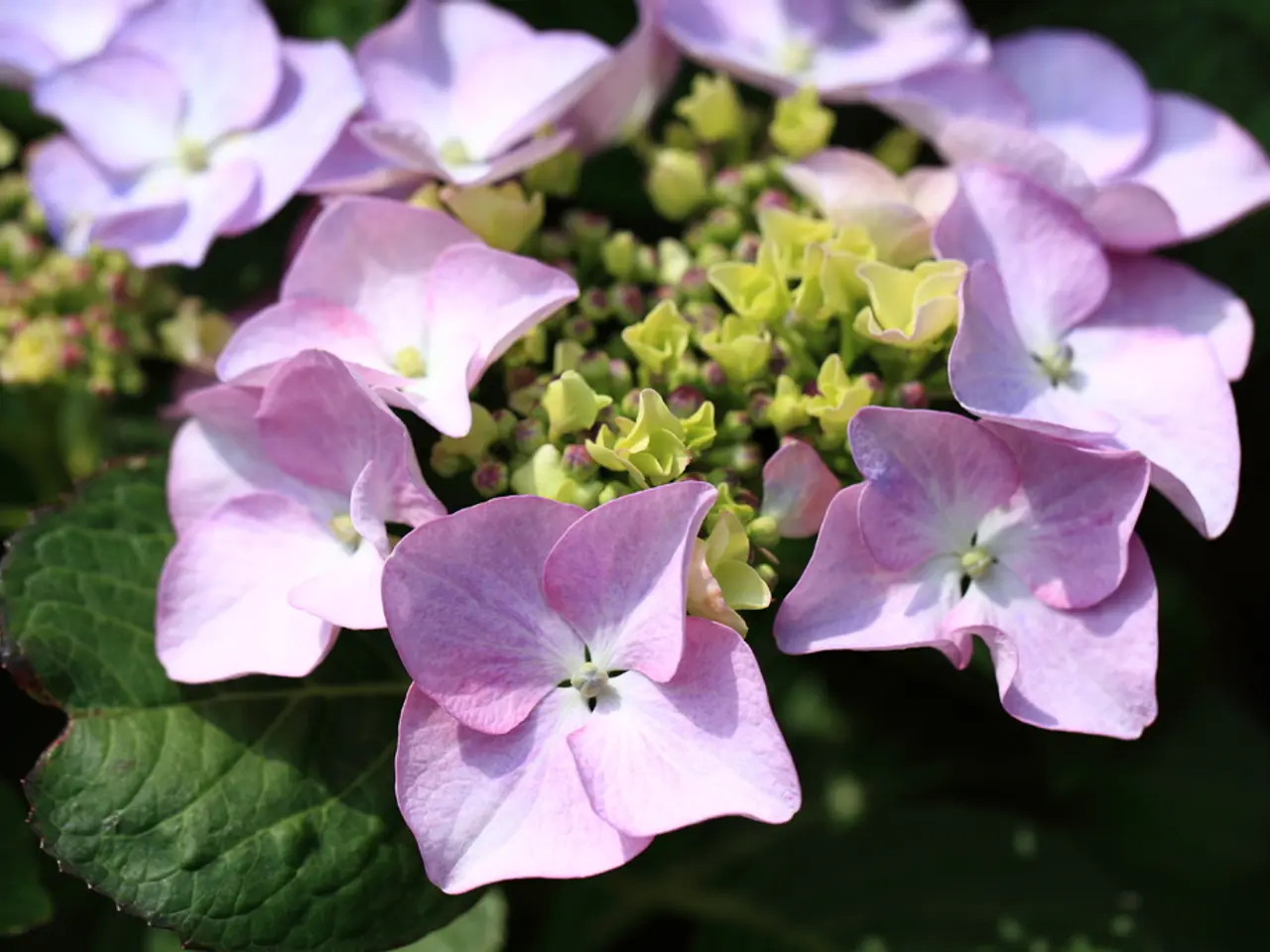The Colorful Fascination of Hybrid Columbines in the Cottage Garden
Cultivating Aquilegias: A Guide
Columbines, also known as Aquilegias, are traditional perennials that belong to the cottage garden scene. Known as granny's bonnet due to their nodding, bonnet-like flowers, they're native to the UK and bloom from May to June, showcasing a diverse range of colors, thanks to the many cultivated varieties available.
Native flowers range from purple to white, but hybrid Aquilegia cultivars offer an incredible array of unique colors that surpass the natural range of wild species. These hybrids result from crosses between different species, such as Aquilegia vulgaris and Aquilegia canadensis or Aquilegia coerulea.
Hybrid Aquilegias are a visual treat, displaying a variety of hues including:
- Bi-colored flowers: Many hybrids exhibit striking two-tone effects, characterized by white petals contrasting with brightly colored sepals.
- Shade range: Hybrid colors extend from soft pastels to bold brights, offering shades like pink, red, scarlet, yellow, pale, and deep, deep blue typical of Aquilegia coerulea.
- Distinctive cultivars: Some hybrids are selected for their exceptional color and form, such as the "Origami mix" hybrids, which showcase multiple color variations derived from A. coerulea and A. vulgaris ancestry.
- Double-petaled forms: Additionally, cultivars may display both single and double-petaled flowers for even more ornamental interest.
Bees can't get enough of these colorful gems, and they make lovely cut flowers too, with their glaucous foliage providing a perfect backdrop for other plants.
Cultivating Your Own Colorful Aquilegia Garden
Aquilegias are typically found in the woodland edge, so figuring out where to plant them is easy. Plant them in partial shade and a fertile, moist, but well-drained soil. They excel in woodland borders, cottage gardens, or even in containers as part of a naturalistic display.
Aquilegias self-seed prolifically, meaning they can handle small gardens or low-maintenance routines. However, this can be a downside for those with limited space, so bear that in mind. But, many gardeners take delight in finding self-sown aquilegias, especially as their cross-fertilization leads to an exciting color surprise with each bloom.
Sow aquilegia seed between January and May, either in trays or directly where they're to flower from April to June. Alternatively, buy pot-grown aquilegias and plant them out in the spring or autumn.
To learn more about saving seed from aquilegias, check out this video featuring gardening expert Alan Titchmarsh:
Gardening Care for Your Aquilegias
Once established, Aquilegias require minimal care. For the best foliage display, cut back the summer growth in September to encourage a late flush of new leaves that should last through winter.
If you prefer to collect the seed or maintain a lower-growth appearance, deadhead spent flowers as they appear. Otherwise, let seeds develop, harvest them if you wish, or allow them to self-sow where they please.
Pests and Diseases to Watch Out For
Aquilegias can be affected by aphids and leaf miners. These visitors are a natural part of the garden's ecosystem, providing food for other creatures further up the chain. In most cases, they won't cause significant harm to the plants.
However, watch out for aquilegia downy mildew, a fungal disease that thrives in cool and damp conditions. Leaves will exhibit spreading yellow patches that cause curling and browning, with a white growth on the underside of the leaf. The flowers appear distorted, and stalks and seed pods might develop brown blotches. The only remedy is to remove affected plants and burn them.
So, embrace the colorful world of hybrid Columbines and enjoy their unique beauty in your garden!
- The stunning bi-colored flowers of hybrid Columbines are a captivating addition to home-and-garden settings, with their white petals contrasting vibrantly against the colored sepals.
- In a cottage garden or home-and-garden setting, the diverse lifestyle of Aquilegias extends beyond their natural woodland edge habitat, flourishing in containers and opportunities for naturalistic display.








